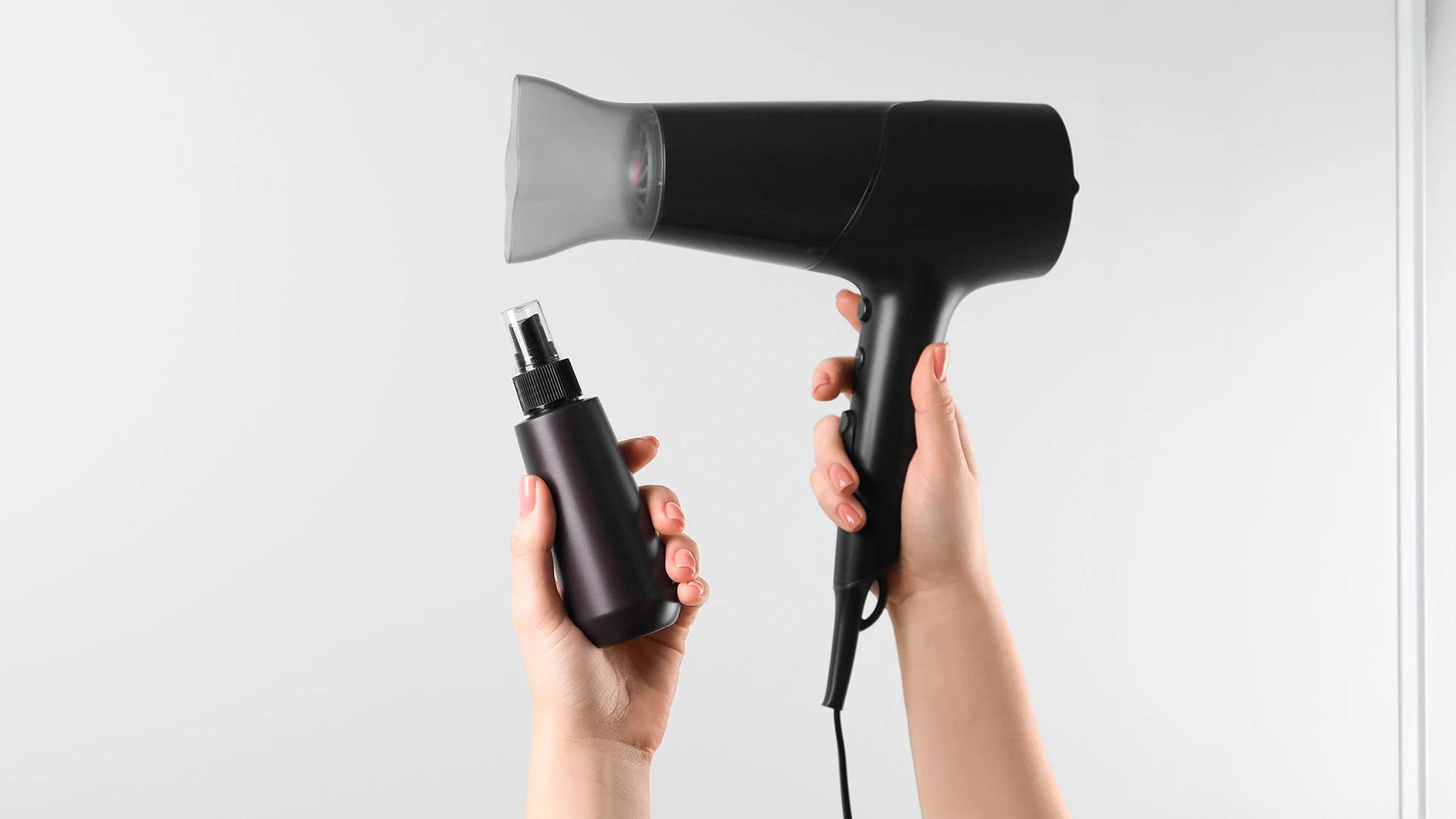Specialised Tools for Specific Needs
Damaged or chemically-treated hair benefits from lower-heat tools and additional protective accessories. If you're serious about achieving salon-quality styles at home, consider investing in professional-grade equipment gradually. Specialised tools like crimpers, spiral curling rods, or specific brushes for blow-out techniques can take your styling game to the next level.
Frequently Asked Questions
What are the best haircare tools for beginners?
Start with a quality hair dryer with multiple heat settings, a good paddle brush for detangling, and a versatile flat iron that can straighten and curl. These three tools cover most basic styling needs whilst you learn what works for your hair.
How often should I replace my haircare tools?
Quality tools can last 3-5 years with proper care. Replace them when they stop heating evenly, make unusual noises, or show visible damage. Hair brushes should be replaced when bristles start falling out or bending permanently.
Can using the wrong haircare tools damage my hair?
Yes, using tools with inappropriate heat settings, poor quality materials, or incorrect techniques can cause heat damage, breakage, and dryness. Always use heat protection products and choose tools suited to your hair type.
Are expensive haircare tools always better?
Not always, but quality often correlates with price. More expensive tools typically offer better temperature control, durability, and professional-grade materials. However, many mid-range tools perform excellently for home use.
How can I tell if a haircare tool is right for my hair type?
Consider your hair's thickness, texture, and current condition. Fine hair needs gentler tools with lower heat settings, whilst thick hair requires more power. Read reviews from people with similar hair types and don't hesitate to try tools with good return policies.
Final Thoughts
Choosing the right haircare tools is about understanding your hair's unique needs and being realistic about your styling goals and routine. Quality tools that match your hair type will give you better results and last longer than trendy gadgets that don't suit your texture. Remember, the best tool is one you'll actually use consistently. Start with the basics, invest in quality where it matters most to you, and build your collection gradually. Your hair will thank you for taking the time to choose tools that work with, not against, its natural characteristics.

 1 unit
1 unit 1 Unit
1 Unit 1 unit
1 unit 1 unit
1 unit